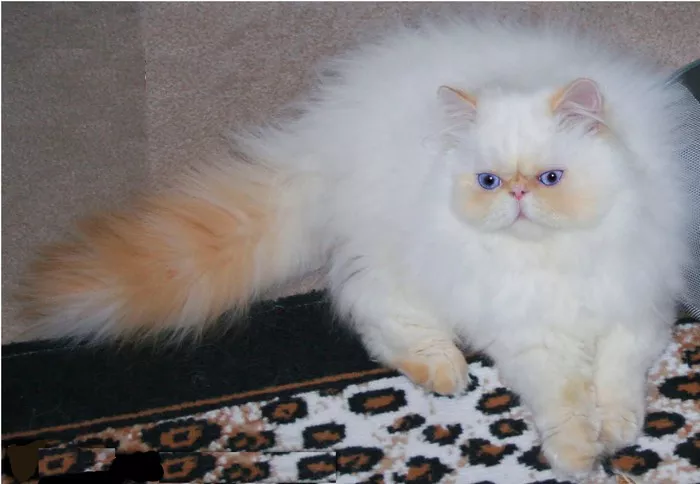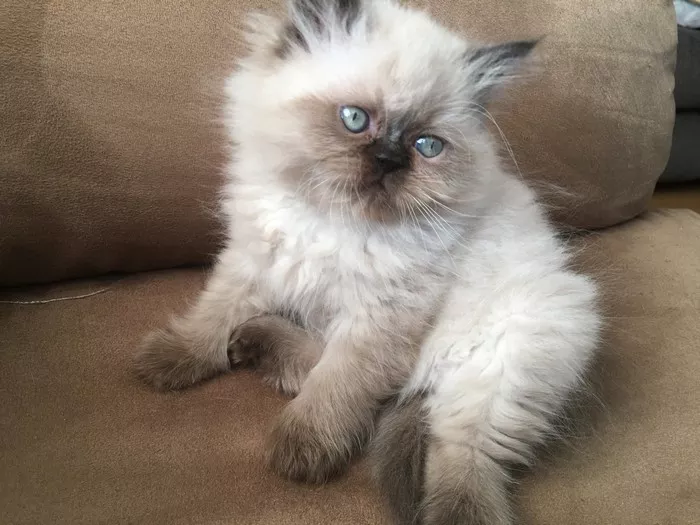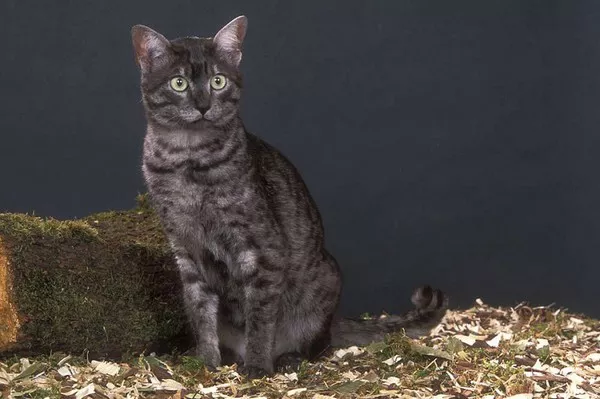Himalayan cats, with their striking blue eyes, luxurious coats, and regal demeanor, are often revered for their beauty and grace. Originating from a crossbreeding between Persian and Siamese cats, Himalayans possess a unique blend of characteristics that make them stand out in the feline world. However, the question remains: are Himalayan cats considered purebred? In this in-depth exploration, we delve into the complexities of Himalayan cat lineage, breeding standards, and the criteria for determining purity within the breed.
Understanding the Origins of Himalayan Cats
A Fusion of Persian and Siamese Lineage
Himalayan cats trace their ancestry to the deliberate crossbreeding efforts between Persian and Siamese cats in the mid-20th century. The goal was to combine the luxurious long-haired coat of the Persian with the striking colorpoint pattern and blue eyes of the Siamese. The result was a breed that retained the Persian’s gentle temperament while incorporating the Siamese’s distinctive features.
Recognition by Feline Associations
The development of Himalayan cats as a distinct breed gained recognition from major feline associations such as The International Cat Association (TICA) and the Cat Fanciers’ Association (CFA). These organizations established breed standards and guidelines to ensure the preservation of the Himalayan’s unique characteristics and promote responsible breeding practices within the breed.
Defining Purebred Status in Himalayan Cats
Breed Standards and Characteristics
According to established breed standards, Himalayan cats must exhibit specific physical traits and characteristics to be considered purebred. These include a stocky body with a broad chest, a flat face with a short nose, large round eyes that are deep blue in color, and a long, flowing coat that is dense and silky to the touch. Additionally, Himalayans should display the colorpoint pattern, characterized by darker points on the ears, face, paws, and tail, with a lighter body color.
Pedigree Documentation and Lineage
One of the primary indicators of a Himalayan cat’s purebred status is its pedigree documentation, which traces the cat’s lineage back multiple generations. Pedigree records provide insight into the cat’s ancestry, including the names of its parents, grandparents, and great-grandparents, as well as any notable champions or award-winning cats within its bloodline. A thorough pedigree helps ensure the integrity and purity of the breed.
Navigating the Complexities of Himalayan Cat Breeding
Selective Breeding Practices
Responsible Himalayan cat breeders adhere to strict standards and guidelines when selecting breeding pairs to preserve the breed’s purity and maintain desirable traits. This often involves careful consideration of physical conformation, temperament, health history, and genetic diversity to produce healthy, well-rounded kittens that embody the breed’s characteristics.
Health Screening and Genetic Testing
To safeguard the health and well-being of Himalayan cats, reputable breeders prioritize health screening and genetic testing to identify and mitigate hereditary health conditions that may be prevalent within the breed. Common health concerns in Himalayans include polycystic kidney disease (PKD), hypertrophic cardiomyopathy (HCM), and respiratory issues due to their brachycephalic facial structure.
Identifying Potential Challenges in Establishing Purebred Status
Crossbreeding and Outcrossing
Despite efforts to maintain breed purity, Himalayan cats may occasionally exhibit variations in physical traits or characteristics due to crossbreeding or outcrossing with other breeds. While such variations may not necessarily disqualify a cat from being considered purebred, they can present challenges in terms of meeting strict breed standards and achieving recognition within feline associations.
Genetic Diversity and Inbreeding
The limited gene pool within certain purebred populations, including Himalayan cats, can contribute to concerns regarding genetic diversity and the potential for inbreeding. Inbreeding can increase the likelihood of hereditary health issues and diminish the overall vitality and resilience of the breed. Responsible breeding practices, such as outcrossing to introduce new genetic lines, can help mitigate these risks.
Ensuring Ethical Breeding Practices and Responsible Ownership
Ethical Considerations in Breeding
Ethical breeders prioritize the health, well-being, and welfare of the cats in their care above all else. They adhere to established breed standards, conduct thorough health screenings and genetic testing, provide proper veterinary care, and prioritize responsible placement of kittens in loving, forever homes. Additionally, ethical breeders are transparent about their breeding practices and readily share information about the breed with prospective owners.
Responsible Ownership and Adoption
For prospective Himalayan cat owners, adopting from reputable breeders or rescue organizations is essential to ensure the health and authenticity of the cat. Responsible ownership entails providing a loving and nurturing environment, meeting the cat’s physical and emotional needs, and committing to lifelong care and companionship. Additionally, educating oneself about the breed’s characteristics, temperament, and care requirements is crucial for providing the best possible quality of life for the cat.
Conclusion: Navigating the Path to Purity in Himalayan Cats
In the intricate world of feline breeding and pedigree documentation, determining the purity of Himalayan cats requires careful consideration of multiple factors, including breed standards, lineage, health screening, and ethical breeding practices. While Himalayan cats boast a rich heritage and distinctive characteristics that set them apart as a breed, ensuring their purity requires diligence, dedication, and a commitment to upholding the integrity of the breed. By embracing responsible breeding practices and prioritizing the welfare of these majestic felines, we can honor the legacy of Himalayan cats and preserve their unique place in the world of purebred pedigrees.

























